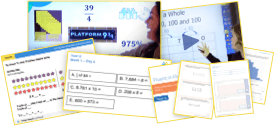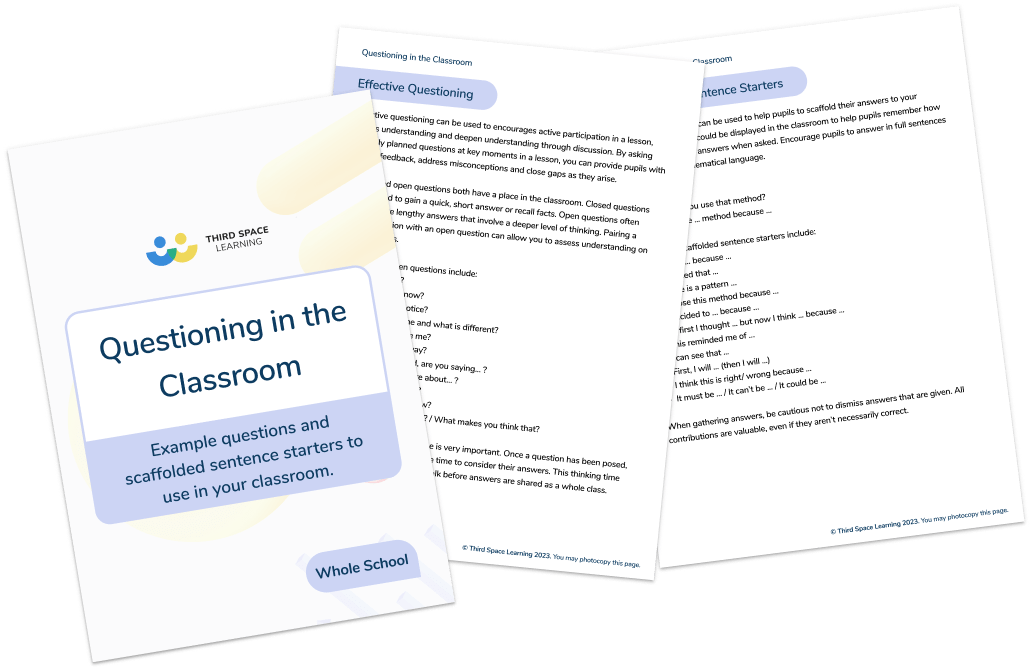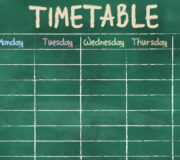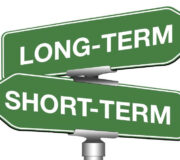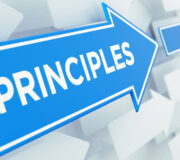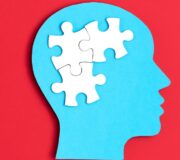What Is Assessment For Learning And Why Is It Still Important For Your Teaching?
Assessment for learning (AFL) is an essential tool for any teacher. It is not a new concept in education and it has been the focus of considerable research, with widespread agreement that this form of assessment is a key factor in improving learning and teaching.
In this blog we will be exploring assessment for learning, looking at what AFL is, how it differs from other forms of assessment, where it originated and what the key principles and features are.
- What is assessment for learning?
- How is assessment for learning different from other forms of assessment?
- Where did assessment for learning come from
- Why is assessment for learning important
- Assessment for learning, responsive teaching and formative assessment
- 10 key principles of assessment for learning
- Assessment for learning examples
- Conclusion
What is assessment for learning?
Assessment for learning is assessment that occurs at every stage of the learning process, with effective feedback used to improve students’ performance. Assessment for learning is therefore different from assessment of learning, or ‘summative assessment’, where teachers collect information about the students’ attainment, often through an exam or test, at the end of a learning period.
With assessment for learning, the main purpose is to close the gap between where the learner is at that point in time, to where they want to be. Teachers use assessment information to adjust their teaching strategies, with the emphasis on progress and achievement, rather than failure.
Read more: Adaptive teaching
An example of AFL is the use of traffic light cards, in which learners are each provided with a red, amber and green card, to represent their level of understanding. At any point in the lesson, they can put down a card, with red to show they don’t understand, amber for partially understanding and green for fully understanding.
This is a very simple, but effective assessment the children can use, to be involved in the assessment of their own learning and for the teacher to quickly, formatively assess student understanding and learners’ progress at that point in time.
Questioning in the classroom
Download this free guide on questioning in the classroom, including examples of open questions and sentence starters. Great way to conduct AFL with your students!
Download Free Now!How is assessment for learning different from other forms of assessment?
Assessment for learning is the essence of formative assessment where summative assessment is considered assessment of learning. One of the key distinctions of assessment for learning is that its goal to monitor student’s learning to provide ongoing feedback that can be used by the teacher to improve their teaching and by the students to improve their learning. In contrast, the goal of assessment of learning is to evaluate the student’s learning at the end of a block of work, against a standard benchmark.
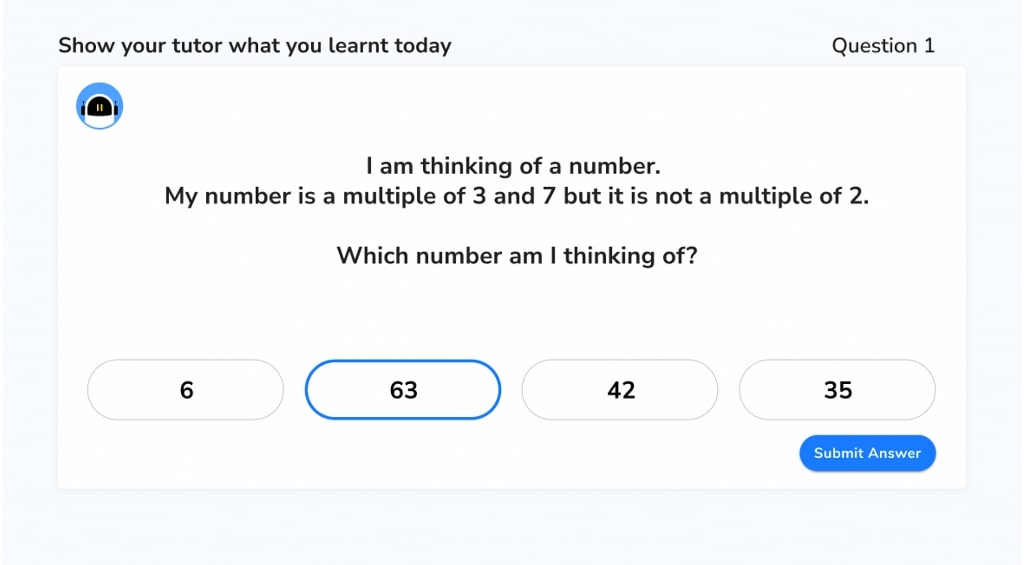
Exit tickets can be used by teachers to get ongoing feedback from the students to inform their teaching. In our one to one online maths tuition, pupils answer post-session questions. Their responses inform the next selection of lessons. This ensures that their learning journey with Third Space Learning is personalised and focused on their individual learning gaps.
In assessment for learning, students are encouraged to take an active role and become fully involved in the learning process and their own progress, through answering questions, peer and self-assessment.
In assessment of learning, on the other hand, the student takes a passive role and the teacher takes on the main role, for example, through the marking of formal essays and tests.
Where did assessment for learning come from
In 1989, a group of educational assessment researchers formed the Assessment Reform Group, with one of its members, Caroline Gipps, first introducing the term ‘Assessment for Learning’ in 1994. A clear link was made between assessment of learning (summative assessment) and assessment for learning (formative assessment). The concepts of fomative and summative assessment have been around much longer, having been first introduced by Michael Scriven in 1967.
Following this, UK professors, Paul Black and Dylan Wiliam carried out a review of assessment practices across all sectors of education. In their 1998 publication, Inside The Black Box: Raising Standards Through Classroom Assessment, Black and Wiliam likened the classroom to a black box (an object which can be viewed in terms of its inputs and outputs, without any knowledge of its internal workings). They investigated what was happening in classrooms and discovered that students who learn in a formative way achieve much better results than students who do not.
More recent research has continued to focus on the importance of assessment and feedback. In his book, Visible Learning for Teachers (2011), John Hattie looked at the attributes of schooling that would truly make a difference for student learning. He ranked feedback strategies 10th out of 150 factors that bring about significant improvements in learner outcomes, particularly if the strategies involved feedback about the learner’s own work.
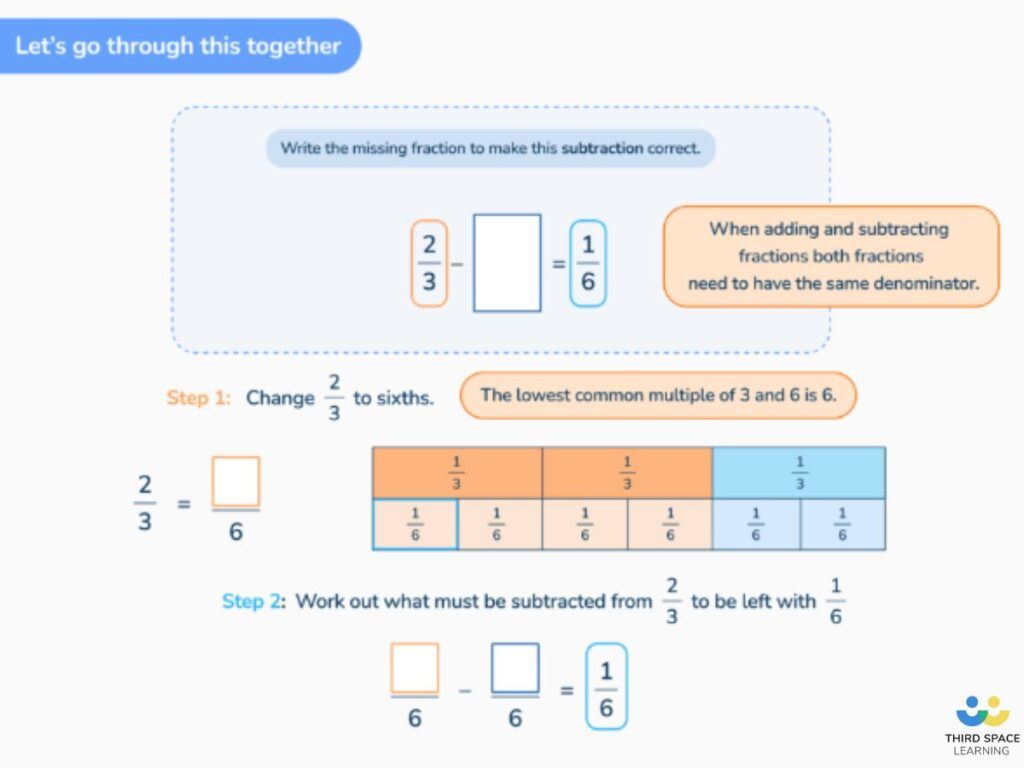
Third Space Learning’s online one to one maths tuition programme for SATs is structured in a way so that all pupils attempt a question so the tutor can assess their understanding. If the pupil is struggling, they can give the pupil feedback and use the support slides. If they understand it, they can try another similar question. If pupils do use the support slides, they also try another question so that they can apply the skill they’ve just developed on further in a different context.
Why is assessment for learning important
AFL is important not only because of the adjustment teachers can make in their teaching, but also because AFL supports students’ development of metacognitive strategies and helps them to take a more active role in their learning.
Research shows that learners who take part in self-assessment are able to better identify what they have done wrong which enables them to review, edit and improve their work. This in turn boosts the learner’s confidence and achievement.
Read more: Growth mindset in the classroom
Assessment for learning, responsive teaching and formative assessment
The terms ‘assessment for learning’, ‘formative assessment’ and ‘responsive teaching’ are often used synonymously. Some writers see a distinction between AFL and formative assessment, such as Dylan Wiliam, but others do not. Some researchers argue that responsive teaching incorporates research findings from cognitive science.
However, they all refer to the wide variety of methods teachers use to assess students’ understanding, the identification of students who are struggling and the adjustments a teacher makes in response.
Below, we’ve listed the key principles of assessment for learning, many of which are shared by responsive teaching and formative assessment.
10 key principles of assessment for learning
The Assessment Reform Group (2002) identified 10 principles of assessment for learning:
- Effective planning.
A teacher’s planning should provide opportunities for both the learner and teacher to obtain and use information about progress towards learning goals. Planning should include assessment for learning strategies to ensure that learners understand the goals and the criteria being used to assess their work.
- Central to classroom practice.
A lot of what teachers and learners do in classrooms can be described as assessment. Learners demonstrate their knowledge, understanding and skills. These are observed and judgements are made on how they can be improved.
- Promotes understanding of goals and criteria.
For effective learning to take place, learners need to understand what they are trying to achieve. When learners have some part in deciding the goals and identifying criteria for assessing progress, they are more likely to have greater understanding and commitment.
- Sensitive and constructive.
Teachers should have an awareness of the impact that comments and grades can have on learners’ confidence and enthusiasm. Feedback should be as constructive as possible, focusing on the work, rather than the person.
- Fosters motivation.
Motivation is fostered through the emphasis of achievement rather than failure. Comparison with others who have been more successful is unlikely to motivate learners and can lead to them withdrawing from the learning process.
- Recognises all educational achievements.
AFL should be used to enhance all learners’ opportunities to learn in all areas of educational activity, enabling all learners to achieve their best and be recognised for their efforts.
- Focuses on how pupils learn.
The teacher and the pupil should be thinking about the process of learning. Learners should be as aware of the ‘how’ of their learning as they are of the ‘what’.
- Helps learners know how to improve.
Learners need information and guidance to plan the next steps in their learning. Teachers should focus on the strengths and be constructive with any areas to improve and how students can do this.
- Develops the capacity for peer and self-assessment.
Children should be able to engage in self-reflection and identify the next steps in theirs on their peer’s learning. Teachers need to support pupils through developing their skills of self-assessment.
- AFL is a key professional skill.
Teachers need to have the professional knowledge and skills to:
- plan for assessment;
- observe learning;
- analyse and interpret evidence of learning;
- give feedback to learners;
- support learners in self-assessment.
Teachers need initial support and continuing professional development for this.
Assessment for learning examples
There are a wide range of assessment activities and assessment tools that teachers can adopt to ensure effective on-going monitoring of the whole class. If pupils have a clear understanding of the learning intentions, they are able to have full involvement in the assessment process.
Read more: Assessment for learning examples
The use of strategic questioning
Questioning helps teachers to identify and correct any misconceptions the students may have. It provides teachers with information about what the children know and understand. Effective questioning requires the use of open questions, which encourage the use of thinking skills, whilst closed questions only ask learners to recall.
Here are some open question sentence stem examples:
- Can you explain…..?
- Why is X important?
- What if…..?
- How would you…..?
At Third Space Learning, our online one to one maths tuition offers a unique opportunity for individualised, focused maths talk. Our tutors are trained to ask questions that encourage pupils to explain their thinking around a method used or an answer to help the tutors to understand if the pupil has truly understood the topic they are learning about.
In Third Space Learning’s ready-to-go lesson slides, we support teachers and their questioning by providing key questions that teachers can use to assess the understanding of the class. The questions additionally elicit discussion, which is always beneficial in a maths lesson!
Browse Third Space Learning’s library of hundreds of resources, including ready to go lesson slides.
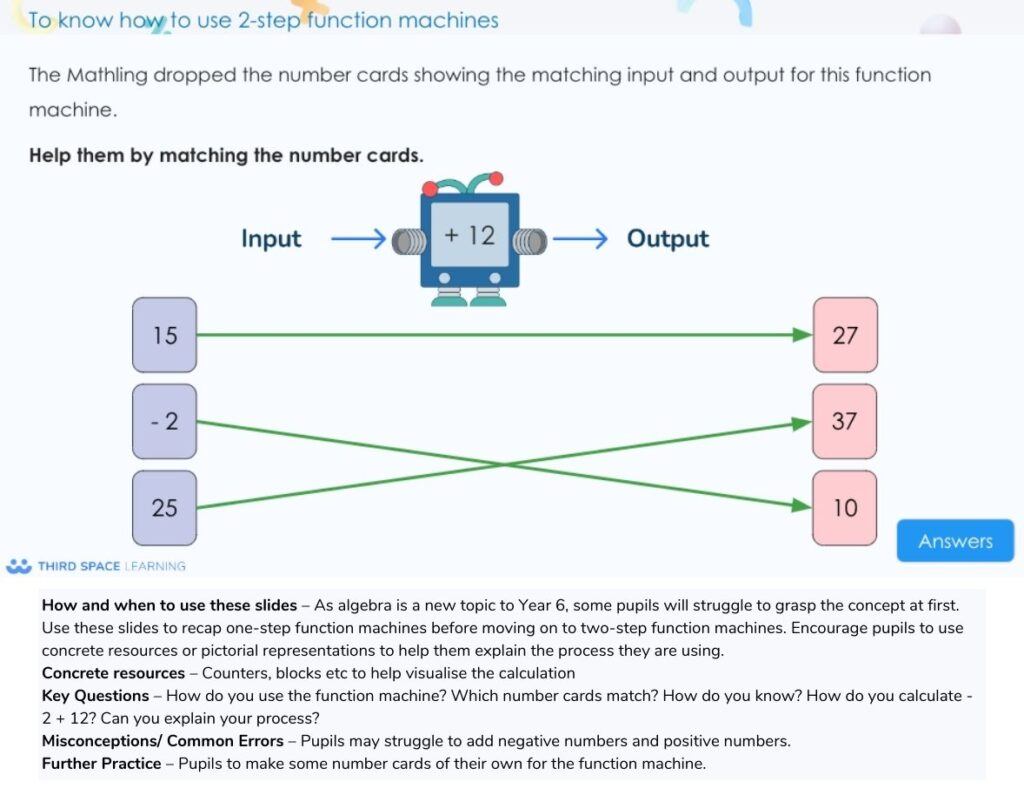
Read more: Hinge Questions
Peer and self-assessment
Use a range of strategies to make sure children have a clear understanding of the learning objectives. For example, use WILF (What I’m looking for) or success criteria; negotiate or share the criteria and write these on the board for children to see clearly.
Two stars and a wish is a simple way for introducing self and peer-assessment, with children assessing their own or another student’s work, giving two things that were good and one thing which could have been improved. This needs to be modelled by the teacher the first time children are exposed to this form of assessment.
Conclusion
Regardless of the term being used by teachers and senior leaders, whether it be AFL, formative assessment or responsive teaching, it is clear that the use of assessment and assessment strategies are a key component in ensuring success for all learners in the classroom.
School leaders and teachers need to evaluate whether what is currently happening in their schools and in their classrooms is having a genuine impact on their teaching practice, student progress and student achievement.
If teachers are spending huge amounts of time filling out spreadsheets to show the progress the children are making, but this evidence isn’t being used to impact the teaching and learning, then the spreadsheets are meaningless. All they are doing is providing information on what the students do and do not know. Real impact only occurs when this information is used effectively to improve the learning outcomes of all students.
DO YOU HAVE STUDENTS WHO NEED MORE SUPPORT IN MATHS?
Every week Third Space Learning’s maths specialist tutors support thousands of students across hundreds of schools with weekly maths intervention programmes designed to plug gaps and boost progress.
Since 2013 these personalised one to one lessons have helped over 150,000 primary and secondary students become more confident, able mathematicians.
Learn about the diagnostic assessment or request a personalised quote for your school to speak to us about your school’s needs and how we can help.
